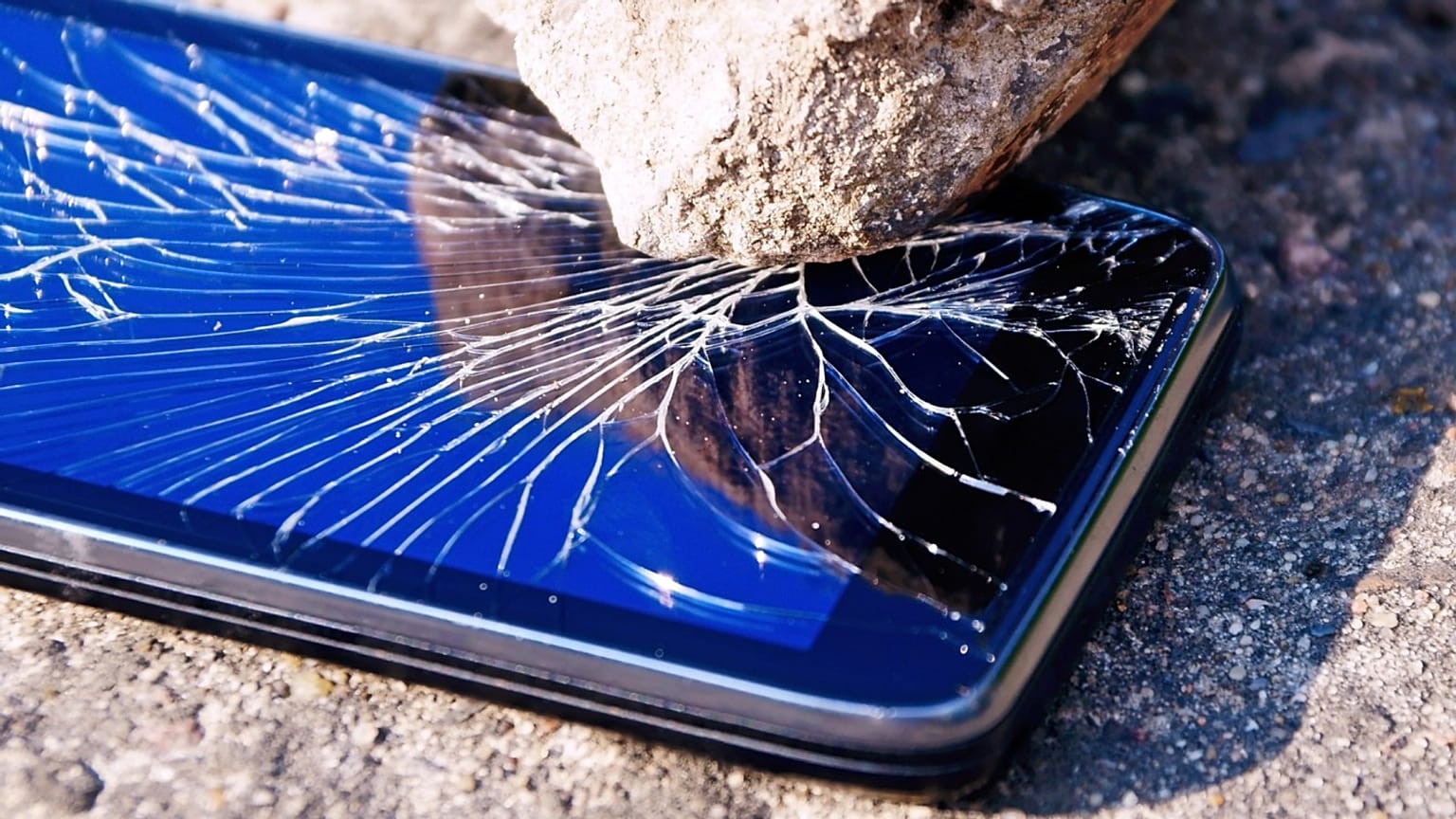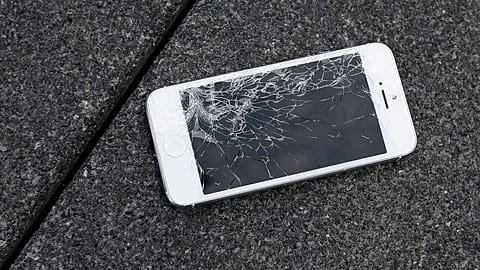An EU-wide ‘right to repair’ law could soon make it easier to repair rather than replace electronics.
Austrians have been taking advantage of a scheme to repair broken electrical devices.
Designed to tackle electronic waste, the government programme covers half the cost of repairs. It applies to defective devices such as smartphones, laptops, coffee makers and dishwashers.
Since being introduced one year ago, it has seen 560,000 vouchers worth up to €200 redeemed, according to the Environment Ministry.
This is way beyond what was hoped for. Authorities had initially expected 400,000 vouchers to be redeemed by the beginning of 2026.
The programme allows consumers to take defective devices to one of 3,500 locations across the country.
Similar schemes could spread across the EU under a new ‘right to repair’ law.
What is the EU’s ‘right to repair’?
The European Union is currently working to introduce a ‘right to repair’ for certain devices to help reduce electronic junk.
Common rules on the repair of goods were proposed in March as part of the EU’s circular economy scheme.
If adopted, the proposal would force companies to offer consumers the right to repair their devices and machines - either through the manufacturer or with a third party.
The scheme would reduce waste by giving consumers the right to ask for a repair rather than a replacement, and by making repairs easier and more cost-effective.
It would also combat ‘planned obsolescence’ - when goods become unusable after a certain period with no method of repairing them. This would encourage producers to develop more sustainable products and business models.
Technology that is thrown away instead of being fixed already produces 35 million tonnes of waste and 261 million tonnes of CO2 emissions every year in Europe, according to the European Commission.
How would the ‘right to repair’ work in the EU?
Within a product’s legal warranty period, producers would be obligated to offer repair services, if doing so does not cost more than a replacement.
Five to ten years after the purchase date, producers would also be obliged to repair products, but at the consumer’s expense.
The scheme would also force producers to disclose information about how to repair products, removing their monopoly on repairs. This would allow smaller businesses to take part in the repair process, lowering prices.
Some countries have already introduced their own anti-waste laws. For example, in 2021 France forced Apple, Samsung and other device manufacturers to add a ‘repairability score’ to their products, allowing consumers to make more informed choices.
The UK already has a ‘right to repair’ law - but it’s limited
The UK introduced a ‘right to repair’ law in July 2021 to tackle e-waste from machines like TVs, dishwashers and fridges. Manufacturers were given a two-year window to comply with the law.
The law forces manufacturers to make spare parts and repair information available to consumers and third-party businesses for up to 10 years.
However, it does not cover mobile phones, laptops, microwaves and various other gadgets.


















